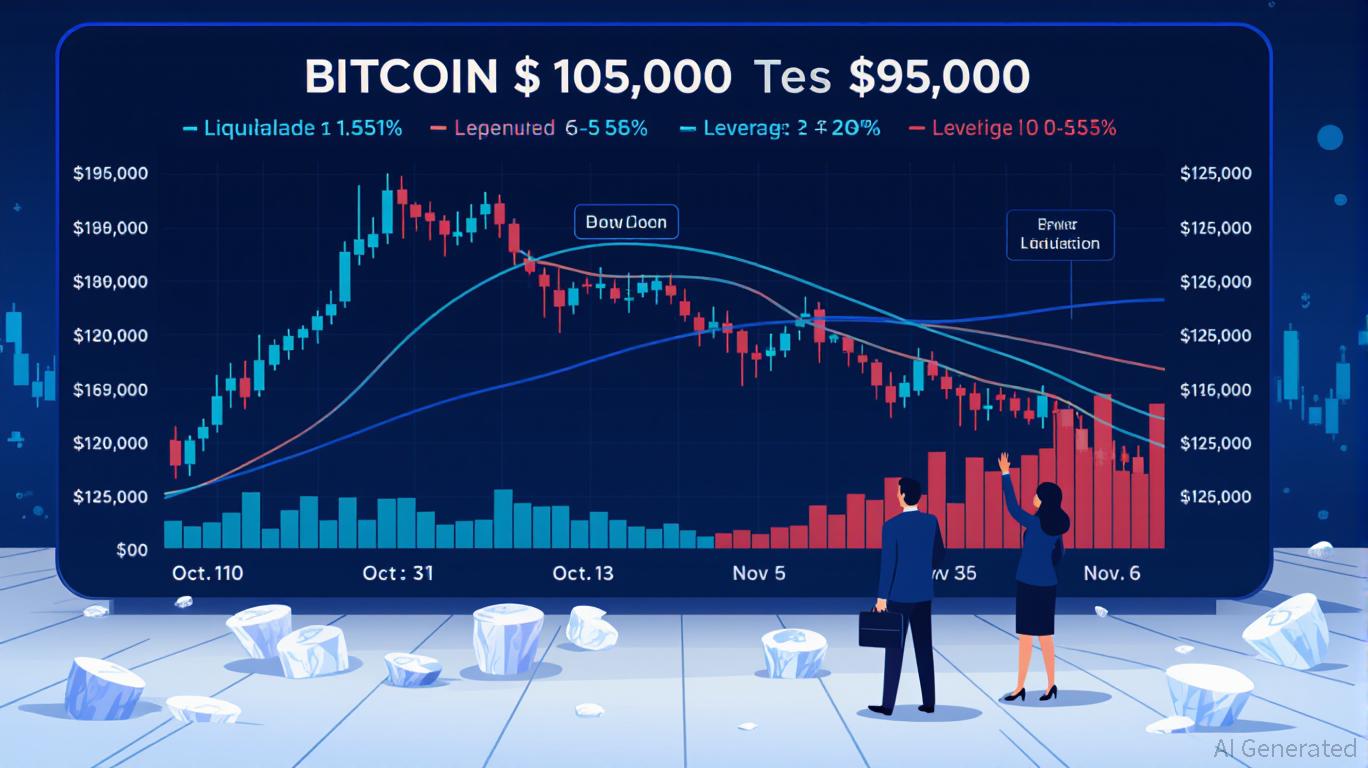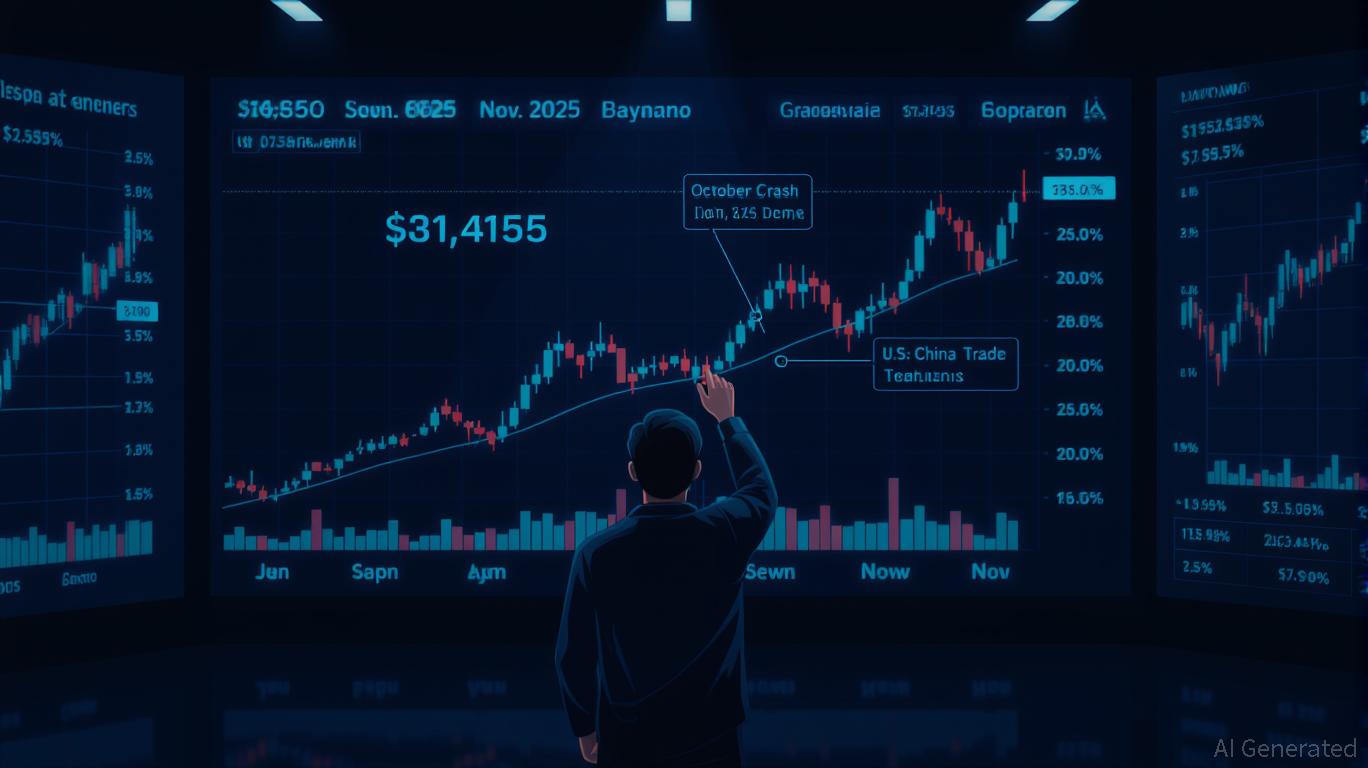Bitcoin sees liquidation magnets around $105K and $98K
Key Takeaways
- Bitcoin has identified liquidation clusters around $105K and $98K, according to market analysis.
- These zones represent areas where large amounts of leveraged long and short positions are likely to be forcibly liquidated if the price moves to these thresholds.
Bitcoin faces potential liquidation zones around $105,000 and $98,000, according to current market analysis. These price levels represent areas where concentrated leveraged positions could trigger forced closures if the leading crypto asset moves toward either threshold.
Traders monitor liquidation clusters as key indicators of potential price magnets, where sharp movements often trigger cascading liquidations. High-leverage positions in Bitcoin futures are frequently swept in these zones, prompting traders to adjust risk strategies for safer positioning.
Recent liquidation heatmaps have shown clusters influencing quick rebounds after price dips, reinforcing their role in volatility spikes. The visualization tool highlights potential zones for forced position closures in crypto futures markets, helping traders identify areas of concentrated risk.
Disclaimer: The content of this article solely reflects the author's opinion and does not represent the platform in any capacity. This article is not intended to serve as a reference for making investment decisions.
You may also like
Bitcoin Leverage Liquidation Turmoil: Managing Market Fluctuations Through Careful Risk Strategies
- 2025 Bitcoin liquidation crisis exposed risks of 1,001x leverage as $20B+ in positions collapsed during November's $100,000 price drop. - Experts warn leveraged trading amplifies losses through panic selling cycles, with 300,000+ daily liquidations erasing $1.3B in November. - Institutional hedging strategies like JPMorgan's ETF accumulation and dynamic margin adjustments emerged as effective risk mitigation tools. - Analysts recommend avoiding extreme leverage, using stop-loss orders, and diversifying h

Bitcoin Price Fluctuations and Institutional Involvement in November 2025: Signs of Market Maturity or Continued Speculation?
- Bitcoin's November 2025 volatility (41% spike post-September) reflects maturing institutional strategies amid $20B October liquidations. - $7.8B in Q3 2025 ETF inflows and $200B institutional holdings signal Bitcoin's shift from speculative asset to treasury tool. - Hedging mechanisms (covered calls, AI trading) reduced daily volatility to 2.1%, yet macro risks persist as seen in October's crash. - Galaxy Digital's $120,000 price cut and lingering retail speculation highlight Bitcoin's dual identity as b

uniBTC is Now Live on X Layer: Expanding Bitcoin’s Reach and Liquidity on the New Money Chain
Google integrates data from crypto platforms Kalshi and Polymarket